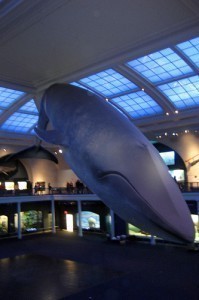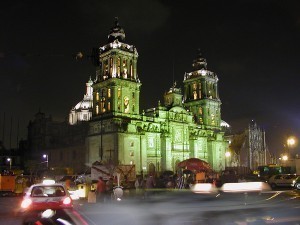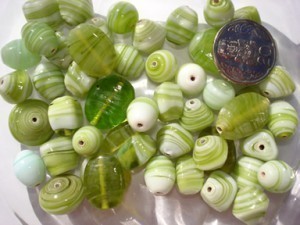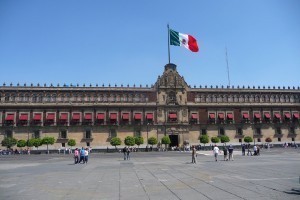Smallest Island Nation
The smallest island nation is Nauru (official title is Republic of Nauru). The total area is 21 square kilometers (8.1 sq mi). The December 2 to 6 census puts the population at 9,275. The 2009 estimate is 14,019. The density is 476.2/km2. The island can be found at the South Pacific.
General Information
Nauru is the tiniest independent republic on the planet. It also holds the distinction of being the only republic that doesn’t have a capital. Based on archaeological findings, the island was first inhabited by Polynesians and Micronesians over 3,000 years ago. A dozen tribes were on the island. This can be seen by the 12 points on its flag.
Early History
The smallest island nation in the world had its first European visitor in 1798. It was a whaler named Captain John Fearn. Other Europeans would get wind of it. European criminals and deserters would often escape to the island.
The local inhabitants began trading food for firearms. This practice would lead to a tribal war. The Nauruan Tribal War lasted for ten years. It devastated the island and reduced the population by 1/3.
The 1800s and World War I
The war ended in 1888 when the nation fell under German rule. The war ended when the Germans forbade firearms and alcohol. The island nation became part of the German Marshall Islands Protectorate. Christian missionaries began arriving that year as well.
The Germans lost Nauru to the UK during World War I. The island nation would become part of the UK, Australia and New Zealand. These countries took control of the phosphate mining in Nauru.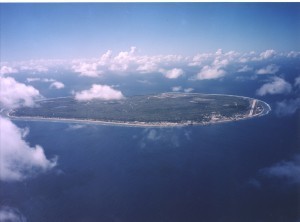
World War II and Independence
The country fell to the Japanese in World War II. Over a thousand native inhabitants were sent to the Chuuk Islands for slave work. It was liberated by the Allies in 1945.
The UN designated administrative rights to the UK, New Zealand and Australia. Nauru was granted independence in 1966. Operation and ownership of the phosphate deposits were given to the country.
Population
Indigenous peoples make up most of the country’s population. 58% are native to the island while 26% are Pacific Islanders. Europeans and some Chinese constitute the remaining eight percent. The dominant religion is Christianity.
The smallest island nation also has numerous minority religions. The most prominent is Baha'i. The per capita income is $2,500 (2006 estimates). It still doesn’t have a capital, but Yaren is the seat of government. It is also the most populated area.
